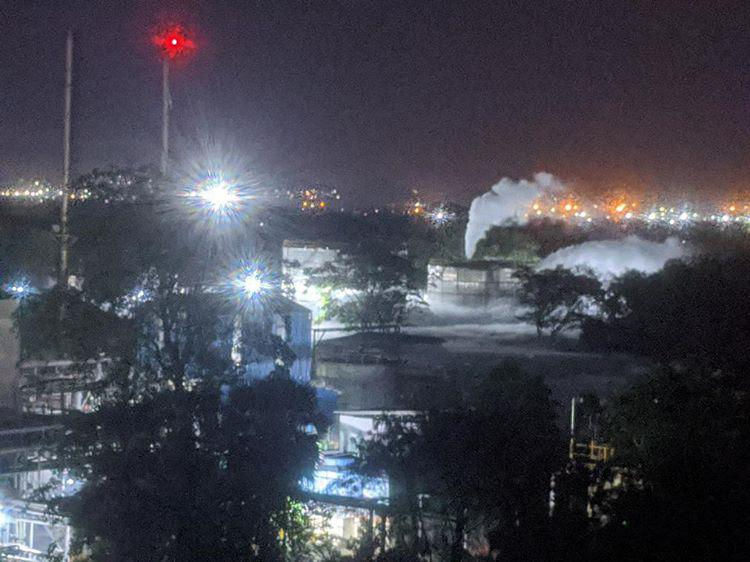In an incident that evoked memories of the deadly Bhopal gas leak, 12 people were killed and thousands reported sick after a gas leak from a chemical plant of a multinational firm in Andhra Pradesh’s Vishakhapatnam.
The gas, believed to be styrene, leaked from the plant of LG Polymers facility located near Vishakhapatnam at 3 am on May 7. This brought back memories of the 1984 tragedy in Bhopal where methyl isocyanate gas leaked from a Union Carbide plant killing more than 5000 people and causing severe and permanent disabilities to thousands of people.
Here’s all about the Vizag gas leak:
What happened?
Eleven people died and thousands were were hospitalized following a gas leak at 3 am on May 7 from LG Polymers Ltd at Gopalapatnam, Visakhapatnam, in Andhra Pradesh.
How did it happen?
ACP West Zone Visakhapatnam told News18 that the gas leaked out from two 5,000 tonne tanks, which had been unattended since March due to Covid-19 lockdown. “It leads to a chemical reaction, and the heat was produced inside the tanks, which causes leakage.”
News agency Agence France-Presse also quoted police officer Swaroop Rani as saying the gas leaked out of the tanks that had been left unattended due to the lockdown.
What was the official response of LG Polymers?
LG Polymers statement while expressing condolences for the deaths said it had mobilized its technical teams to work with the investigating authorities to arrive at the exact cause of the incident. The company said that its top priority was to work closely with the local government and the authorities.
“As a global company we hold international environment and safety standards with the highest regard and will do our best to cooperate with the authorities to ensure there is no further recurrence,” it added.
A company spokesman in Seoul said separately a night shift maintenance worker had discovered the leak from a tank.
What did the plant manufacture?
According to the company website, the LG Polymers plant makes polystyrene products, which are used in manufacturing electric fan blades, cups and cutlery and containers for cosmetic products such as make up. The raw material, styrene, is highly flammable and releases a poisonous gas when burnt.
Set up in 1961 as Hindustan Polymers, the company was taken over by South Korea’s LG Chem and renamed LG Polymers India in 1997.
What were the symptoms shown by those affected?
Many people rushed to the streets unable to bear the pungent smell of the gas, complained of suffocation and collapsed on the roads. A large number of children and elderly fainted. A video clip showed a woman standing on a road suddenly collapsing, another showed a woman rushing to an ambulance with a child in arms.
People were found unconscious in lanes, ditches and near houses. One woman was reported to have fallen off her second floor house.
Several animals were seen lying on roads in the area
How many people were affected?
People in 5 km radius, which includes 20 nearby villages, were affected by the leak causing suffocation to the people.
How did the administration respond?
The National Disaster Relief Force (NDRF) staff rushed to the spot helping in evacuation and relief.
Videos showed them going from home to home looking for people in need of help. Security personnel broke into houses to rescue unconscious people. Close to 800 people were evacuated.
The Greater Visakhapatnam Municipal Corporation used mist blowers to subside the effect of the gas leak.
The municipal staff, through tweets and announcements, urged people of the area to stay indoors. People were also advised to wear wet masks or cover their face with wet cloth. Those who rushed out in panic were moved to safer areas.







